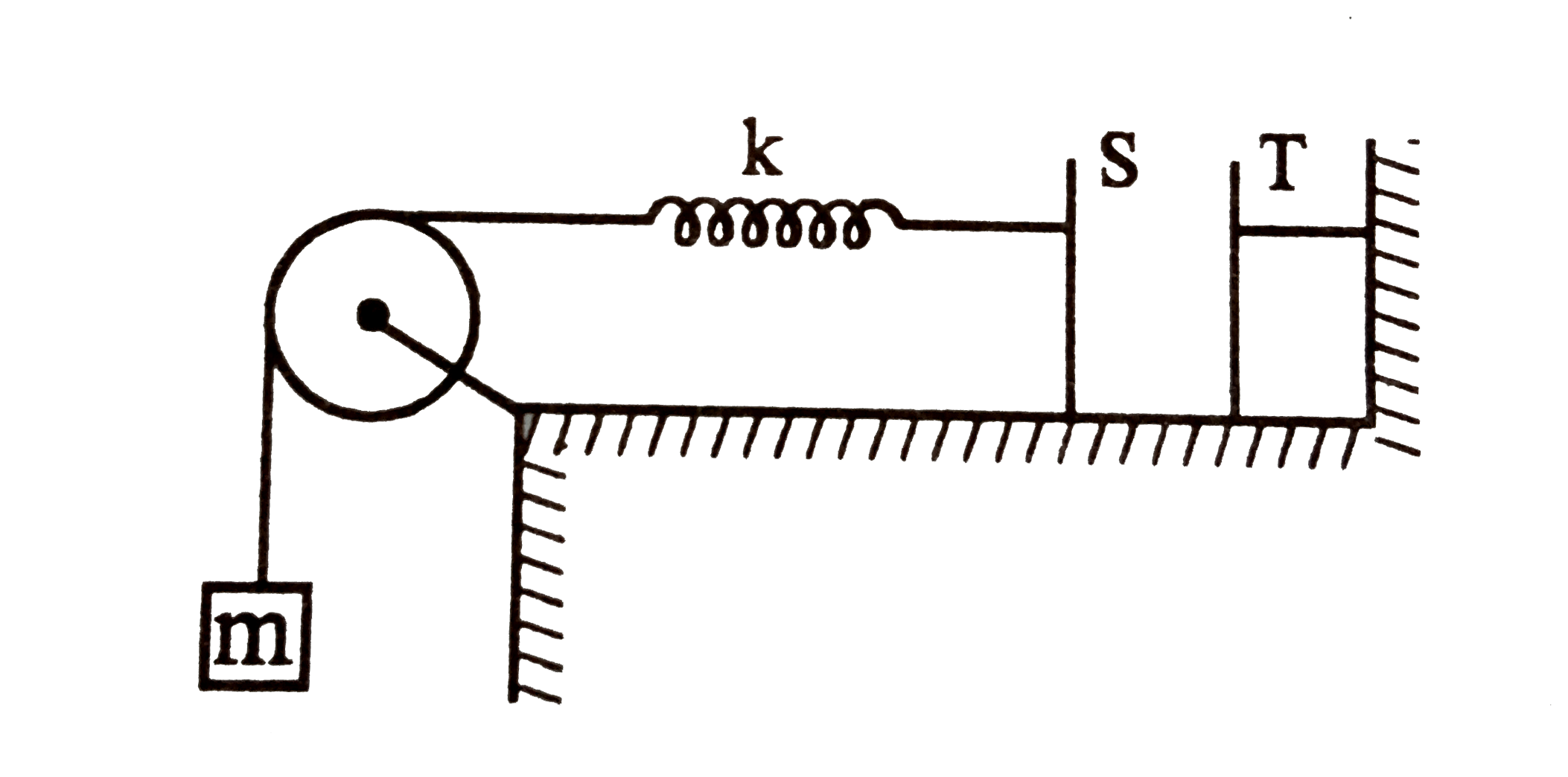The plates of a parallel plate capacitor are charged by a battery and the battery is disconnected after the charging. Now, the plates are placed as shown in the figure. Then (plates are not parallel to each other).
 .
.
the surface charge density is greater at point A
the surface charge density is greater at point B
the potential at points A and B is same
the potential at point A is greater
The correct Answer is:A, C, D
On a conductor potential is same as every point.
Topper's Solved these Questions
- CAPACITANCEBOOK - NARAYNACHAPTER - CAPACITANCEEXERCISE - Level-VI
28 Videos
- CAPACITANCEBOOK - NARAYNACHAPTER - CAPACITANCEEXERCISE - Subjective
9 Videos
- CAPACITANCEBOOK - NARAYNACHAPTER - CAPACITANCEEXERCISE - NCERT Based
13 Videos
- ATOMS BOOK - NARAYNACHAPTER - ATOMS EXERCISE - EXERCISE -4
47 Videos
- COMMUNICATION SYSTEMBOOK - NARAYNACHAPTER - COMMUNICATION SYSTEMEXERCISE - Level-II(H.W)
25 Videos
Similar Questions
Knowledge Check
A parallel plate capacitor is charged and then the battery is disconnected. When the plates of the capacitor are brought closer, then
Aenergy stored in the capacitor decreasesBthe potential differences between the plates decreasesCthe capacitance increasesDthe electric field between the plates decreasesThe plates S and T of a uncharged parallel plate capacitor are connected across a battery. The battery is then disconnected and the charged plates are now connected in a system as shown in the figure. The system shown is in equilibrium. All the strings are insulating and massless. the magnitude of charge on one of the capacitor plates is: [Area of plates =A]
 A√2mgA∈0B√4mgA∈0kC√mgA∈0D√2mgA∈0k
A√2mgA∈0B√4mgA∈0kC√mgA∈0D√2mgA∈0kA parallel-plate capacitor is charged from a cell and then disconnected from the cell. The separation between the plates is now double.
AThe potential difference between the plates will become doubleBThe field between the plates will not change.CThe energy of the capacitor doubles.DSome work will have to be done by an external agent on the plates.
Each plate of a parallel plate capacitor has a charge q on it. The capacitor is now connected to a battery. Now,
View SolutionEach plate of a parallel plate capacitor has a charge q on it. The capacitor is now connected to a battery. Now,
View SolutionA parallel plate capacitor is charged and the charging battery is then disconnected. If the plates of the capacitor are moved farther apart by means of insulating handles:
View SolutionA parallel plate capacitor is charged by a battery. The battery is removed and a thick glass slab is inserted between the plates. Now,
View SolutionA parallel plate capacitor is charged by a battery after charging the capacitor, battery is disconnected and decrease the distance between the plates then which following statement is correct ?
View Solution

